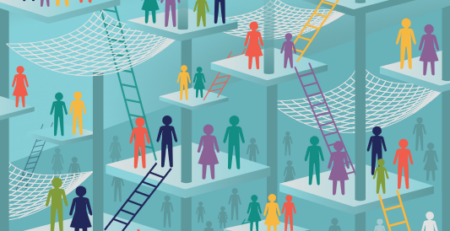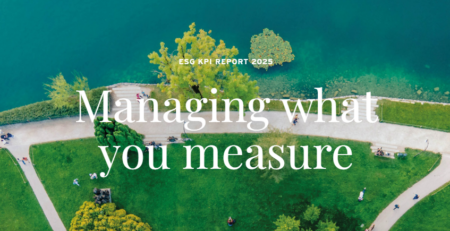Meeting India’s Retirement Challenge
By Richard Jackson
ALTHOUGH RAPID DEVELOPMENT BRINGS GREAT BENEFITS, it also creates great challenges. Among the most critical is ensuring a measure of security for the old, who often find themselves vulnerable and marginalized as economic growth accelerates and traditional social and cultural norms are overturned. When rapid development is combined with rapid population aging, confronting the challenge becomes all the more urgent. India is one of the world’s most rapidly developing countries. Like most emerging markets, it is also progressing through the demographic transition, the shift from high fertility and high mortality to low fertility and low mortality that accompanies development and modernization. Since the early 1970s, the Indian fertility rate has fallen from 5.4 to 2.4, while life expectancy at birth has risen from 49 to 68. The result is an inexorable aging of the population. Throughout India’s long history until the mid-1990s, the elderly, defined in this report as adults aged 60 and over, never comprised more than 5 or 6 percent of the country’s total population. By 2015, that share had risen to 9 percent. By 2050, the UN projects that it will reach 19 percent
Get Book Here










